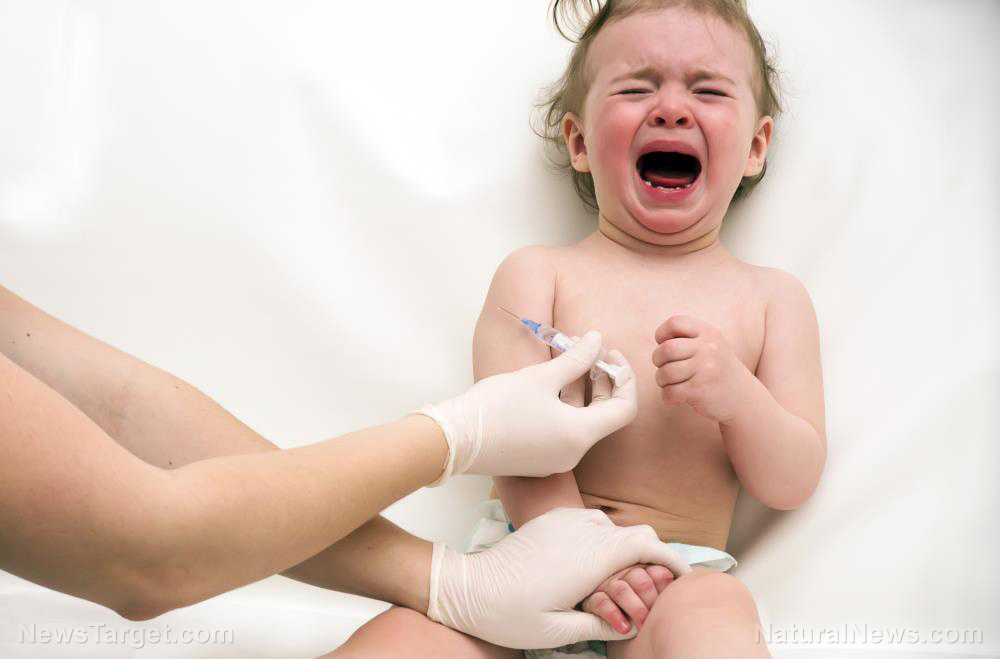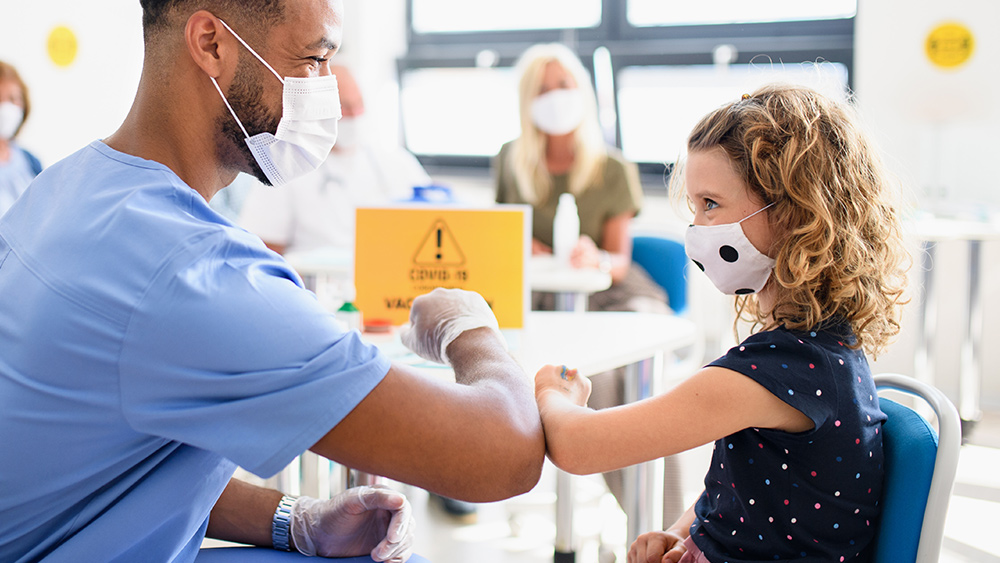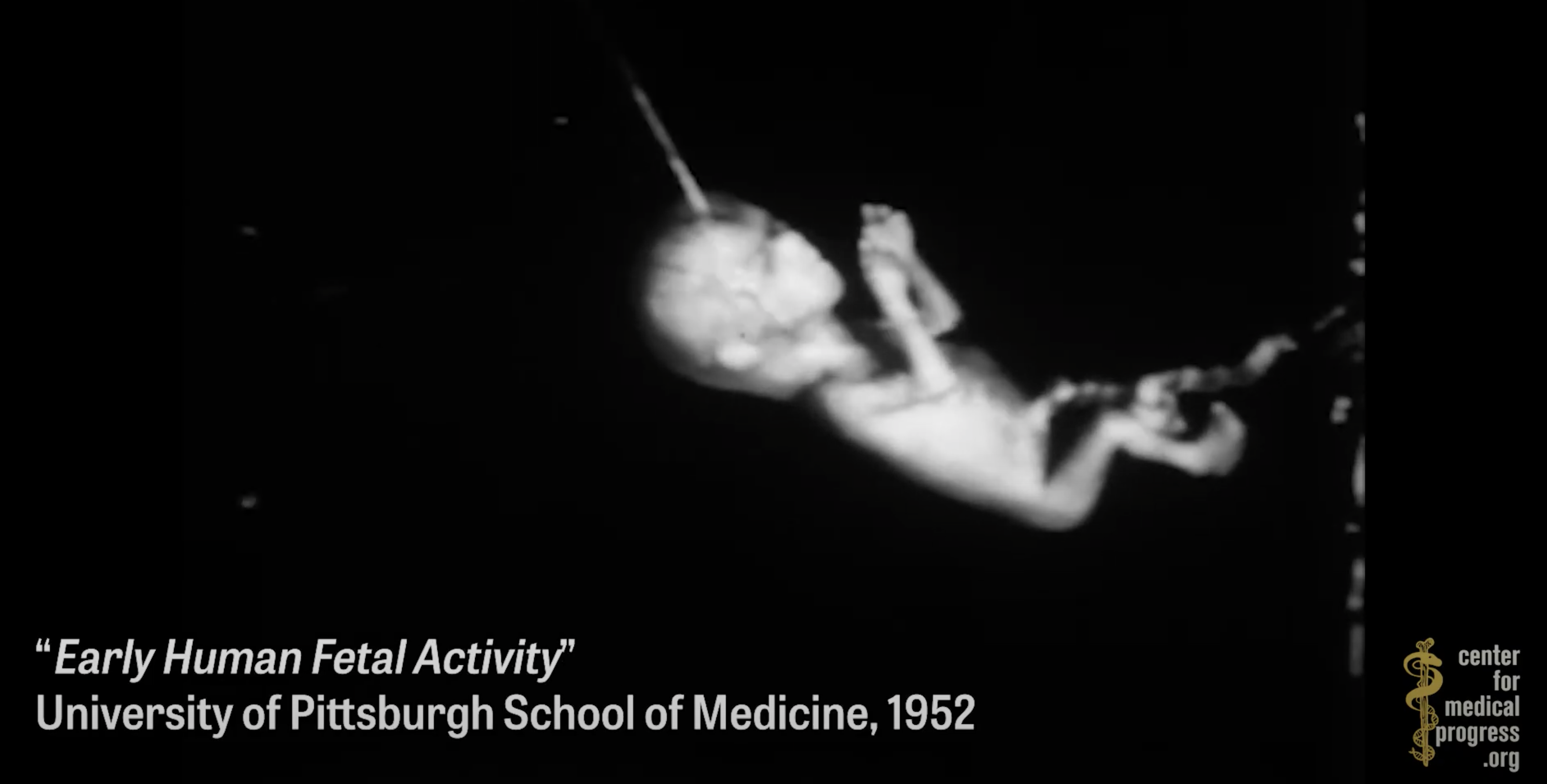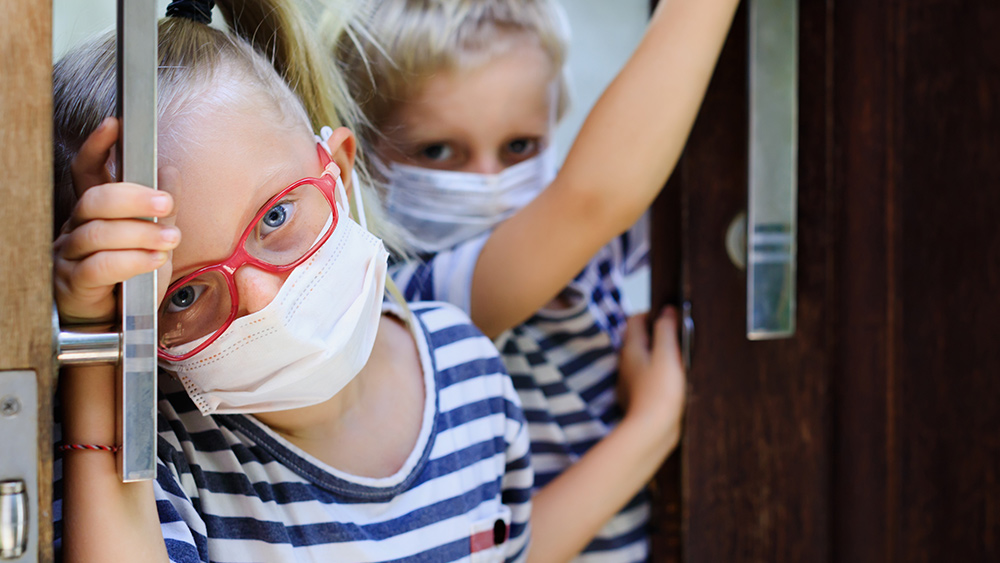Prepare before SHTF by learning how to manage first aid emergencies in austere environments
07/08/2022 / By Zoey Sky

Former paramedic and Drumm Emergency Solutions founder Jake Drumm says that preparing for medical emergencies before SHTF should include more than just buying a ready-made first aid kit.
At a self-reliance festival held in Tennessee on June 12, Drumm said that preppers need “to get training, learn how to use the equipment you have and have basic knowledge on mid- to long-term care.” (h/t to TheEpochTimes.com)
Drumm teaches classes on how to manage first aid emergencies in austere environments, like post-tornado or hurricane, a vehicle accident, a shooting or generally if emergency medical services (EMS) aren’t available.
Before SHTF, you need to learn how to do medicine “when you don’t have the stuff to do the medicine,” he said. This also means thinking beyond the initial care.
Drumm explained that the leading cause of death for the one to 45 age group is accidents. At least 50 percent of those are blood-loss trauma. Drumm warned that a person can bleed out in three minutes and his five top first aid kit recommendations reflect those statistics. (Related: Prepping must-haves: Medical supplies and first aid kits.)
Combat-approved tourniquet
Make sure your first aid kit has a combat-approved tourniquet and that you know how to apply it, for how long and how to release pressure without poisoning the body. Knowing this helps prevent the permanent damage they can cause.
Quality pressure bandage/Israeli bandage
A quality pressure bandage or Israeli bandage will help stop bleeding. Drumm advised that it’s important to learn how to apply pressure to stop bleeding when SHTF.

Wound-packing gauze
Drumm said you need a wound-packing gauze, preferably a military-style dressing that comes with a hemostatic agent to aid blood clotting.
Chest seal
A chest seal is used to treat any penetrating trauma to the chest, like a bullet wound. But like with any emergency situation where first aid is required, there are important steps to follow.
After you call 911, make sure that the area is safe then prepare yourself by putting on protective gloves. Next, assess the patient’s wounds.
If you see a deep puncture wound to the chest wall or if you think there is one, apply a chest seal. Take proper steps to keep air out of the chest cavity.
Applying a chest seal won’t hurt the patient, even if their wound isn’t deep enough for air to enter the chest cavity.
Remember that some injuries such as gunshot wounds will have an entrance and an exit. If the victim has been shot, always check if the bullet exited the body. Both holes must be sealed to avoid a pneumothorax or collapsed lung.
When providing emergency treatment for a chest wound, follow these steps to apply a chest seal:
- Dry the area thoroughly. Some chest seal kits will have gauze for this purpose.
- Prepare the seal. If you are using a store-bought seal, remove the backing to expose the adhesive (the sticky part). If you are making your own, prepare the material and cut pieces of tape.
- Apply the seal. Follow the instructions for the seal.
- Monitor the patient until emergency personnel arrives. If they are having trouble breathing, you may need to “burp” the chest seal or apply a new one.
The best time to apply a chest seal is after the patient exhales so their chest has the least amount of air in it.
Protective gear
Drumm said your first aid kit should have protective gear like gloves and eye protection. You can also use a pair of racquetball goggles.
HITMAN and SHTF
If SHTF and emergency services are not immediately available, many factors should be considered when caring for an injured person. Drumm uses the acronym HITMAN to run through the often intimidating, but very crucial, prolonged field care essentials.
HITMAN is the list to use beyond the initial 15 minutes of emergency care, explained Drumm.
H = Hydration, hypothermia, hygiene and high anxiety
Two measures of how well someone is hydrated are how frequently they urinate and the color of their urine. Lighter-colored urine is better.
According to Drumm, the number one cause of death is exposure or hypothermia in austere care environments.
Maintain proper hygiene by keeping yourself, the patient and your equipment clean to prevent other illnesses or infections.
Lastly, avoiding “high anxiety” is important for first aid. Drumm advised that you should learn how to calm down when things go south so you can properly take care of injured people after disaster strikes.
I = Infection and increased temperature
Maintaining proper hygiene and keeping your tools clean will help prevent infections.
Before SHTF, learn how to care for someone with a fever. With limited exceptions, “as long as that fever’s controlled, as long as you’re drinking and eating, that fever is not going to kill you,” advised Drumm.
T = Tourniquets, trends and tidy up
Drumm highlighted the importance of knowing how to use a tourniquet and how long to leave it on. He also encouraged people to learn the protocol for tourniquet conversion because releasing a tourniquet that has been left on for too long can be fatal.
When it comes to trends, you need to keep thorough notes of vital signs and treatments, including times. In extreme circumstances, you won’t always remember everything and forgetting important details like vital signs may have negative consequences.
Tidy up means constant cleaning, especially when treating a wound in a survival scenario. It can be difficult to stay clean in an austere environment so you have to remind yourself to keep yourself, the patient and the area clean.
M = Medications
Many Americans take prescribed medication on a daily basis, like antidepressants, anti-anxiety medications or antipsychotic drugs. When SHTF, you may need to stop taking your medication or you will have no choice if your supply runs out.
If you are prepping with a family member who takes prescription medication regularly, develop a plan to wean them off their medication over a 30- to 90-day period. This could be “the most important thing for planning for austere medicine scenarios,” said Drum.
A = Analgesia, alimentary and associated problems
Before SHTF, prepare a plan for pain control. This can be challenging because you won’t always have access to analgesics or painkillers.
Alimentary refers to nutrition and digestion. If you’re taking care of a patient, they will need to eat and drink. They will also need to urinate and poop.
N= Nutrition, night-night (sleep) and no-go
Nutrition is the caloric intake you need to survive. A patient with burns to 40 percent of body surface area requires 10,000 calories in a 24-hour period.
“No-go” refers to the decision to stop care and let someone die. This may sound harsh, but it’s a real consideration with medical planning.
No matter how much you try to help someone, people get sick or injured and die – and you can’t always treat them. For example, if a patient has a 50 or 60 percent burn and you don’t have pain control, fluids and a way to treat infection, the patient is going to die, said Drumm.
“You will not fix everything. We are humans. But you can do some stuff to get prepared now that will make any sort of crisis much easier to manage,” he concluded.
Before SHTF, get first aid training, prepare a first aid kit and learn how to use all the items in it so you can help people who need medical attention.
Visit EmergencyMedicine.news for more first aid tips that you can use when SHTF.
Watch the video below to know how to prep an everyday carry or EDC first aid kit.
This video is from the Geordie Prepper channel on Brighteon.com.
More related stories:
Prepping before SHTF: 16 Items for your survival first aid kit.
SHTF first aid: Suture options for medical emergencies.
Why you need a first aid kit and trauma kit for various medical emergencies.
Sources include:
Submit a correction >>
Tagged Under:
disaster, emergency medicine, emergency supplies, first aid, first-aid kit, homesteading, off grid, preparedness, prepper, prepping, prepping tips, SHTF, survival, survival medicine, Survival Tips
This article may contain statements that reflect the opinion of the author




















